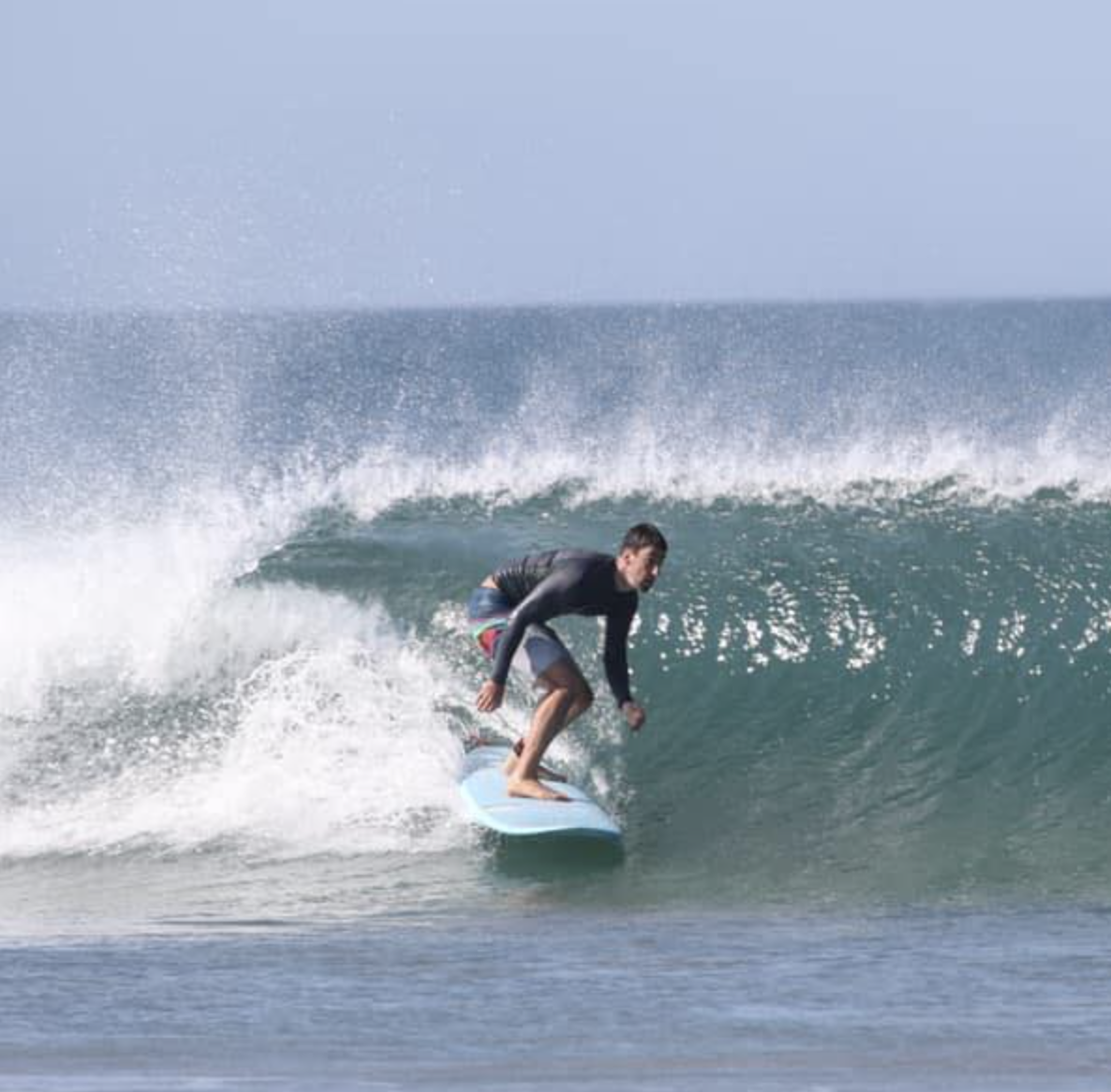There’s a lot that goes into the Surf Captain wave height forecast, and to best understand how to utilize the forecast, we’d like to provide a very high level overview of what goes into making the forecast and how best to interpret the forecast.
Generating the surf height forecast starts with modeling the ocean wave energy. A wave model is a system of physical equations that propagates the wave spectrum energy across a grid. The grid could be the entire globe, or perhaps just a small Bay. The input to this model can include many variables, but of primary importance are surface winds and the ocean depths (bathymetry). Surf Captain runs their own wave model based on the NOAA Wavewatch III System.
For each of the Surf Captain forecast locations, there is a wave model output point offshore of this location. At this output, we take the 360 degree wave spectrum and split it into swell categories using a statistical approach. For the Surf Captain forecast, we take the top 2 swell categories with the most energy to compose the forecast. We take these 2 swells, determine how much of the energy will make it into a location, validate these forecast swells with nearby buoy data where possible, and then input the swells into our Surf Captain algorithm to determine the Surf Height. All locations are not treated equally in our algorithm, as different locations will have bigger or smaller surf heights based on the offshore swell due to the specific bathymetry profile of the location. For example, Hawaii will generally have bigger surf with its very deep waters off the coastline, whereas Florida will have smaller surf with the same offshore swell due to Florida’s shallow beach profile and wide continental shelf.
The forecasted surf heights are implied for the average to better breaks in the local region. Generally speaking a local region will have an assortment of breaks with a variety of wave heights that will vary based on the tide, swell direction, and winds. Local knowledge is key to understand how your surf spots will respond to these variables.
We do realize there are situations where the forecast may not always be exactly spot on, and we are always working on improving our system.

